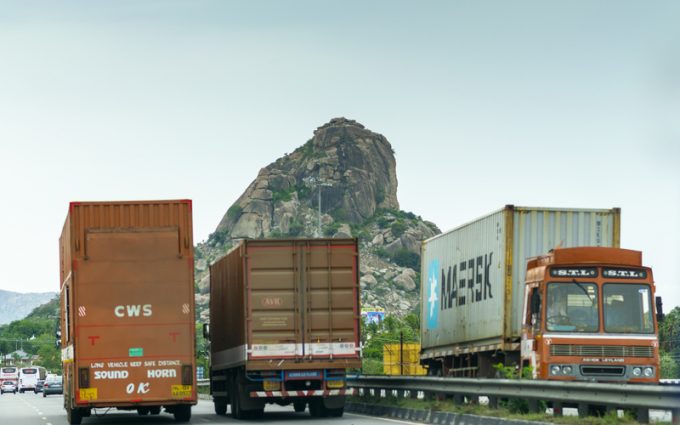India ready to lower US tariffs in exchange for concessions
India has agreed to the US Terms of Reference for the bilateral trade agreement, after ...

Indian exporters have slammed shipping lines over the country’s continuing container shortage and soaring freight rates – but carriers say the worsening trade imbalance is to blame.
Last week, the Engineering Export Promotion Council of India called on the government to set up a regulator to rein-in what it claimed were “monopolistic” practices of shipping lines.
And on Wednesday, the Federation of Indian Export Organisations (FIEO) said the lack of available export containers was jeopardising delivery commitments to foreign buyers.
“For the last ...
Trump tariffs see hundreds of cancelled container bookings a day from Asia
'To ship or not to ship', the question for US importers amid tariff uncertainty
'Disastrous' DSV-Schenker merger would 'disrupt European haulage market'
'Chaos after chaos' coming from de minimis changes and more tariffs
Forto 'sharpens commercial priorities' as it lays off one-third of staff
List of blanked transpac sailings grows as trade war heats up and demand cools
EC approves DSV takeover of DB Schenker
Overcapacity looms for ocean trades – with more blanked sailings inevitable
Amazon Air’s metamorphosis: 'a different air cargo unit from two years ago'
Shippers in Asia restart ocean shipment bookings – but not from China
India withdraws access for Bangladesh transhipments, in 'very harmful' decision
'Tariff hell' leaves industries in limbo – 'not a great environment to plan'

Comment on this article